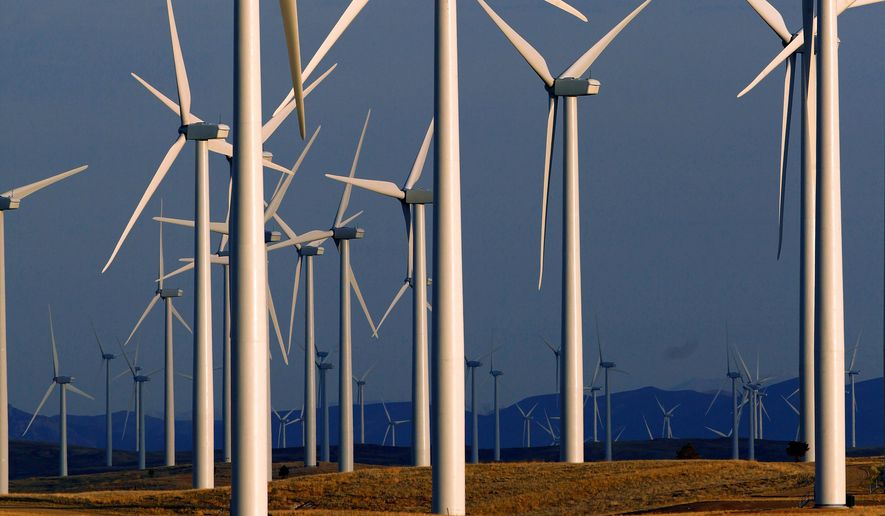The East Coast is set for a surge in offshore wind farm construction, which the International Energy Agency predicts could provide more than enough clean energy to meet the world’s future electricity needs.
In a comprehensive global study, the Paris-based IEA also forecasts that offshore wind energy could become a $1 trillion industry by 2040, with major U.S. growth expected in the next decade.
“Offshore wind currently provides just 0.3% of global power generation, but its potential is vast,” IEA Executive Director Fatih Birol said in a press release accompanying the study late last week.
Major technological breakthroughs, coupled with increasingly favorable government regulations, have led to a boom in projects using larger turbines and floating foundations that allow for deeper water operations, IEA officials said.
According to the U.S. Energy Information Administration, 9% of the national electricity supply is expected to come from wind power by 2020. Industry data predicts overall wind energy production, from onshore and offshore sources, to power around 60 million U.S. homes by 2050.
Rapid growth, the IEA said, is being driven by individual states setting aggressive renewable energy targets.
According to 2017 U.S. government data, the five states with the most wind capacity are Texas, Iowa, Oklahoma, California and Kansas. But the East Coast is making a significant move to wind, with offshore farms at the center of New York’s renewable energy strategy.
New York Gov. Andrew Cuomo last summer signed the Climate Leadership and Community Protection Act, which requires all of the Empire State’s electricity to come from carbon-free sources by 2040. It also mandates that statewide greenhouse gas emissions be reduced by 85% by 2050.
Last week, the New York State Energy Research and Development Authority (NYSERDA) finalized roughly $3 billion worth of contracts to develop offshore wind farms that are expected to power more than 1 million homes in the state.
While wind has long been considered less environmentally damaging than fossil fuel, concerns remain over noise and visual pollution caused by turbines, in addition to birds being killed by the spinning rotors.
Ocean bird experts and environmentalists have praised NYSERDA for raising their concerns to the industry and negotiating ways forward.
“Offshore wind developers and environmental groups, they recognize they need to get together and find common ground,” Gregory Lampman, NYSERDA’s program manager for environmental research, told The Washington Times.
“The more we can understand about wildlife, the more we can protect wildlife and reduce permitting and building risks for developers. That ultimately lowers costs for electricity consumers,” Mr. Lampman added.
New Jersey and Connecticut have clean energy targets similar to New York’s, with major projects in the permitting and planning stages.
In February, Maine Gov. Janet Mills lifted a moratorium on wind farm development amid the state’s debate on its renewable energy goals.
Ms. Mills recently called for a 100% renewable energy goal by 2045, while Maine lawmakers have discussed reducing greenhouse gas emissions by 80% by 2030. Meanwhile, Maine has two major wind farms in the permitting stage.
But the largest current project on the East Coast — a $2.8 billion complex including 84 giant turbines set to be built 15 miles off the Massachusetts island of Martha’s Vineyard — has been delayed. Headed by the New Bedford, Massachusetts-based firm Vineyard Wind, the project originally was scheduled for completion in 2022.
In August the Department of the Interior pushed back its start date, announcing the project needs further study and reviews before being given the green light.
President Trump is considered an opponent of offshore wind farms. He lost a public fight to block one at a golf course he owns in Scotland.
• Dan Boylan can be reached at dboylan@washingtontimes.com.




Please read our comment policy before commenting.